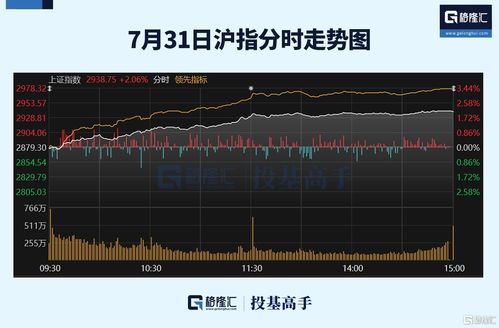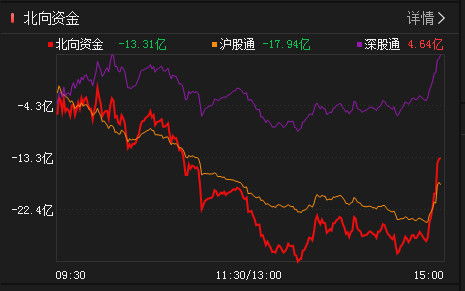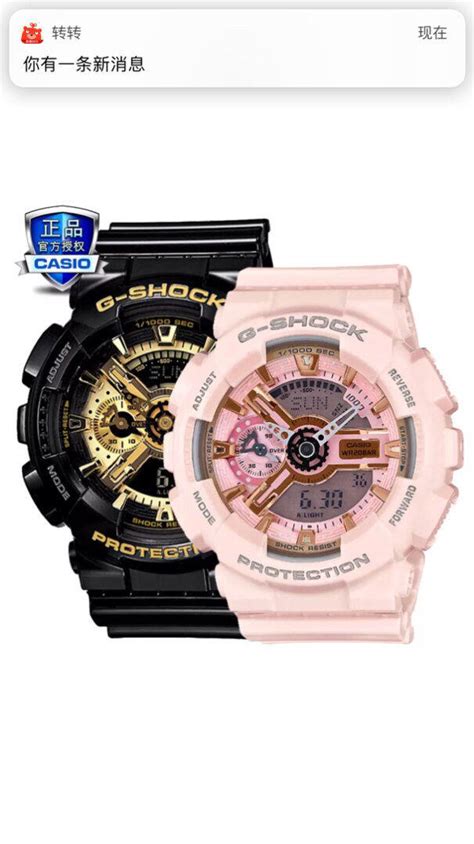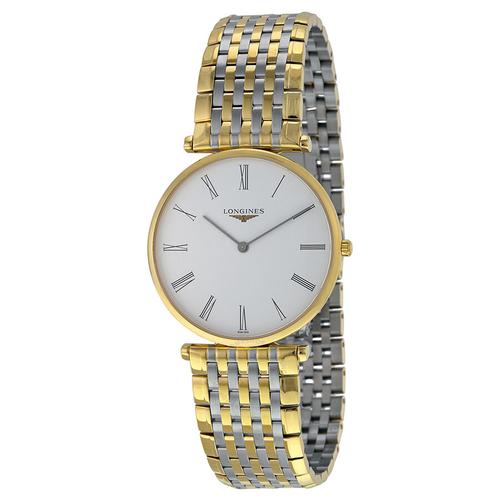各个手表系统参数对比表
Title: Comparative Analysis of Various Watch Operating Systems
In the realm of horology, the operating system of a watch plays a significant role in determining its functionality, user experience, and compatibility with modern technologies. Whether it's traditional mechanical movements or cuttingedge smartwatch platforms, each operating system has its unique features and characteristics. Let's delve into a comprehensive comparison of various watch operating systems across different categories:
1. Traditional Mechanical Movements:
Type:
Analog
Power Source:
Mainspring
Accuracy:
Typically lower than quartz or digital watches, ranging from / 5 to 30 seconds per day.
Features:
Timekeeping only, with additional complications such as date, moon phase, and chronograph.
Maintenance:
Requires periodic servicing by a skilled watchmaker to ensure accuracy and longevity.
Durability:
Generally robust but susceptible to shocks and magnetism.
Aesthetics:
Appreciated for craftsmanship, intricate movements visible through transparent case backs.2. Quartz Movements:
Type:
Analog or Digital
Power Source:
Batterypowered quartz crystal oscillator.
Accuracy:
High, ranging from / 15 seconds per month to a few seconds per year.
Features:
Timekeeping with or without additional functions like chronograph, alarms, and backlight.
Maintenance:
Battery replacement every 12 years; less servicing required compared to mechanical watches.
Durability:
Resistant to shocks and magnetic fields; less susceptible to environmental factors.
Aesthetics:
Wide range of designs, from classic to contemporary, often less intricate than mechanical watches.3. Hybrid Smartwatches:
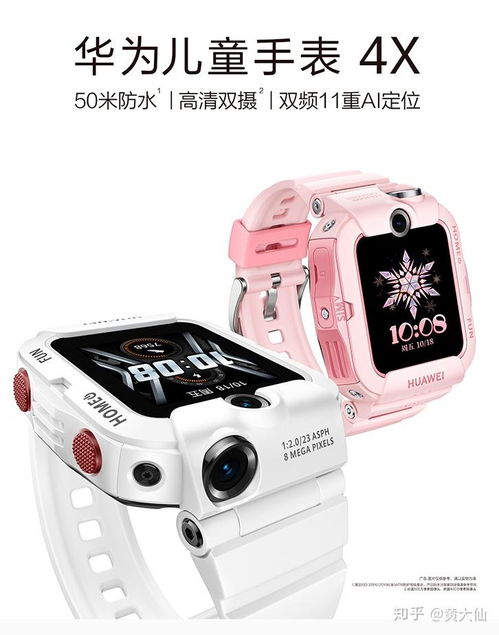
Type:
Analog with smart features
Power Source:
Batterypowered
Accuracy:
Comparable to quartz watches, with additional smart features like activity tracking, notifications, and connectivity.
Features:
Blend of traditional watch aesthetics with smart functionalities; customizable dials and straps.
Maintenance:
Battery replacement required, occasional software updates.
Durability:
Varies by model, generally more resilient than purely digital smartwatches.
Aesthetics:
Classic watch design with discreet smart features, suitable for those who prefer a traditional look.4. Wear OS (formerly Android Wear):
Type:
Digital
Compatible Devices:
Smartwatches running Wear OS.
Features:
Integration with Android smartphones, customizable watch faces, Google Assistant, app ecosystem.
Battery Life:
Typically lasts a day with regular use, varies by manufacturer and model.
Fitness Tracking:
Builtin fitness tracking features, integration with Google Fit.
Connectivity:
Bluetooth, WiFi, NFC for payments (in some models).
Updates:
Regular updates from Google, including feature enhancements and security patches.5. watchOS (Apple Watch):
Type:
Digital
Compatible Devices:
Apple Watch series.
Features:
Seamless integration with iPhone, extensive app ecosystem, Siri integration, health and fitness tracking, ECG capability (in newer models).
Battery Life:
Usually lasts a day with moderate use, improved with newer generations.
Fitness Tracking:
Advanced fitness and health monitoring features, including heart rate monitoring, fall detection, and workout tracking.
Connectivity:
Bluetooth, WiFi, LTE (in cellular models), NFC for Apple Pay.
Updates:
Regular updates from Apple, bringing new features and improvements.6. Tizen OS (Samsung Galaxy Watch):
Type:
Digital
Compatible Devices:
Samsung Galaxy Watch series.
Features:
Integration with Samsung smartphones, extensive fitness tracking, rotating bezel for navigation (in some models), app ecosystem.
Battery Life:
Typically lasts multiple days, depending on usage and settings.
Fitness Tracking:
Robust fitness tracking capabilities, including heart rate monitoring, sleep tracking, and stress management.
Connectivity:
Bluetooth, WiFi, LTE (in cellular models), NFC for Samsung Pay.
Updates:
Regular updates from Samsung, bringing new features and optimizations.Recommendations:
For Traditionalists:
Mechanical watches offer timeless craftsmanship and appreciation for watchmaking traditions.
For Tech Enthusiasts:
Smartwatches running Wear OS, watchOS, or Tizen OS provide seamless integration with modern devices and extensive feature sets.
For a Blend of Tradition and Technology:
Hybrid smartwatches combine classic aesthetics with smart functionalities, catering to those who value both style and functionality.In conclusion, the choice of a watch operating system depends on individual preferences, whether it's a reverence for tradition, a passion for technology, or a desire for a blend of both. Each system offers its own unique advantages, catering to a diverse range of users in the everevolving world of horology.


